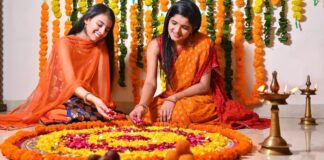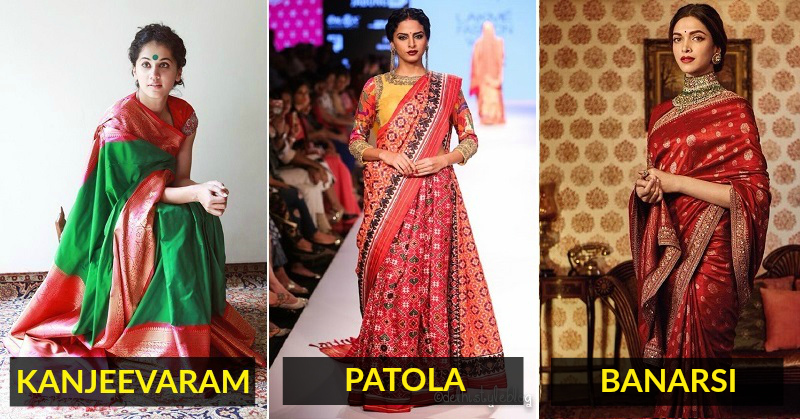
Ethnic wear in India has evolved so much that it is being blended with every form of clothing now. Fusion outfits are being created and the ethnic is slowly becoming contemporary/ western. But the traditional outfits which still manage to maintain their charm and originality are sarees. A nine yard long affair, it comes in various fabrics, colours, styles and designs and is mostly worn according to the region one belongs to. It is also an ideal choice for special occasions and festivals. There are different types of sarees like silk sarees, banarasi saree, designer saree, and many more.
Like me, if you too are a saree lover, but do not know much about the various kinds that our diverse culture has to offer, then let us enlighten you a bit.
ADVERTISEMENT
1. Kanjeevaram saree – Tamil Nadu
This is one of the most frequently heard names in the world of silk sarees. Also known as Kanchipuram sarees, they come from the Kanchipuram region in Tamil Nadu and are well known for their vibrant colours and exceptionally beautiful borders.
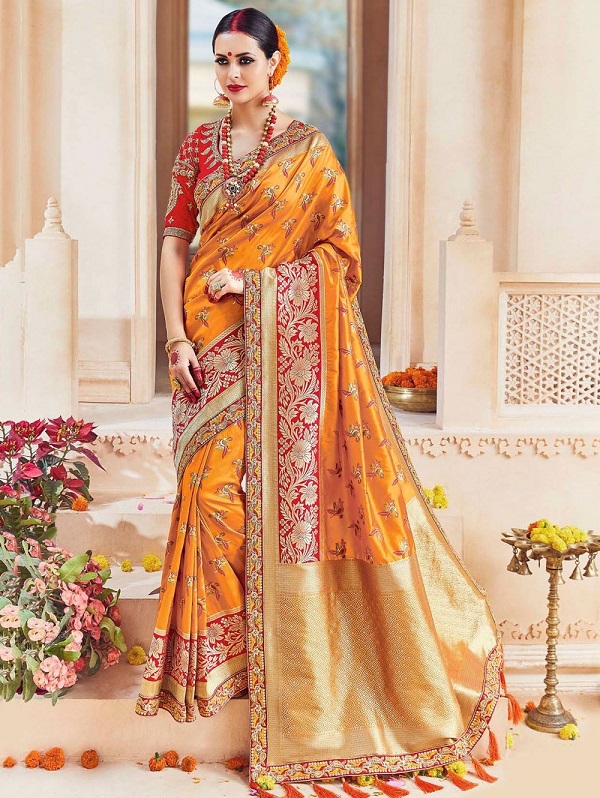
2. Bandhani saree – Gujarat, and Rajasthan
These sarees are made in the states of Gujarat and Rajasthan using the tie-dye process. The name originates from the Sanskrit word ‘bandh’ which means to bind/tie. Bandhani sarees are known for their vibrant matching and contrasting colours and usually come in a lighter fabric like cotton, georgette, and chiffon. They can easily serve as a party wear saree.
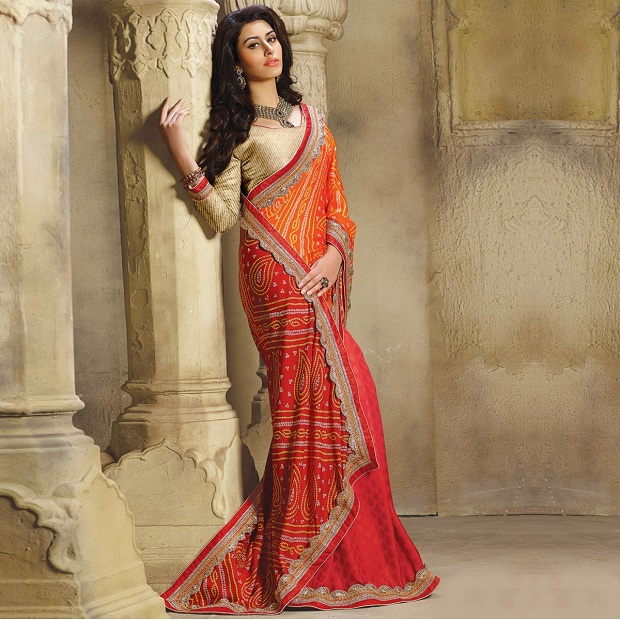
3. Banarasi saree – Varanasi
As the name suggests, these sarees are made in Banaras or Varanasi and are known for their royal looking gold and silver zari work. It is one of the most exquisitely crafted and finest sarees in India.
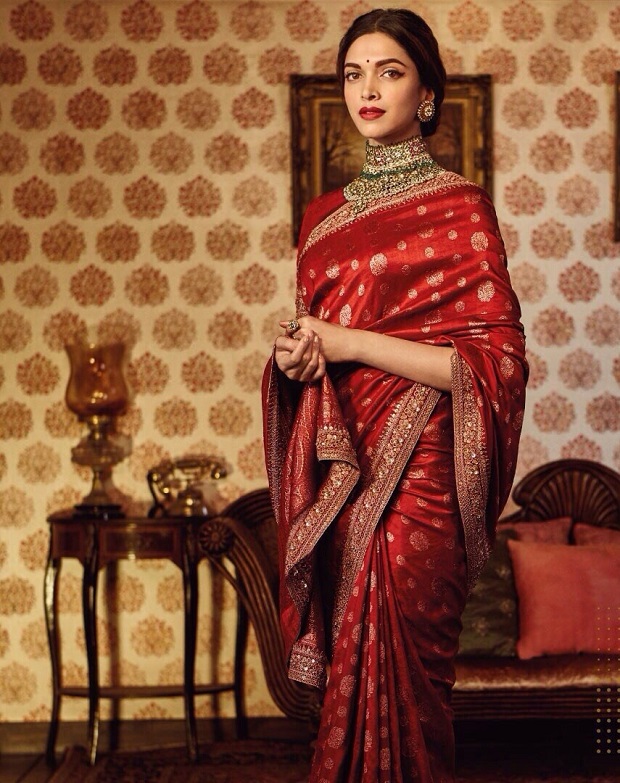
4. Pochampally – Telangana
These are traditional fancy saree made in the region of Bhoodan Pochampally in the state of Telangana. These sarees are famous for their traditional geometric designs in Ikat style of dyeing. The fabric used is silk, cotton, and sico (a blend of silk and cotton).
ADVERTISEMENT
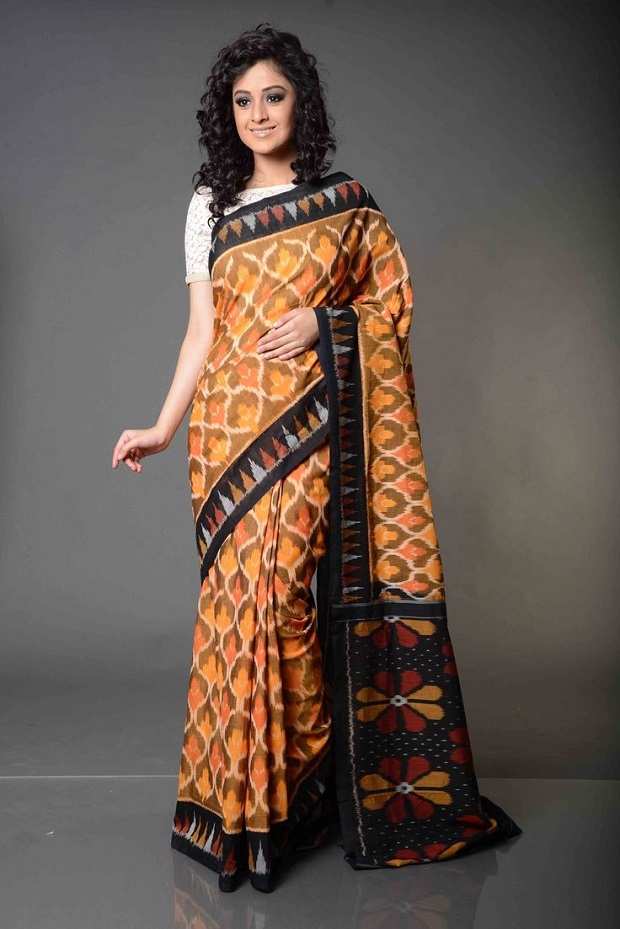
5. Bomkai – Odisha
These traditional Ikat sarees are made in Bomkai, Odisha and are available in silk and cotton. They are hand-woven and are famous for their intricate work.
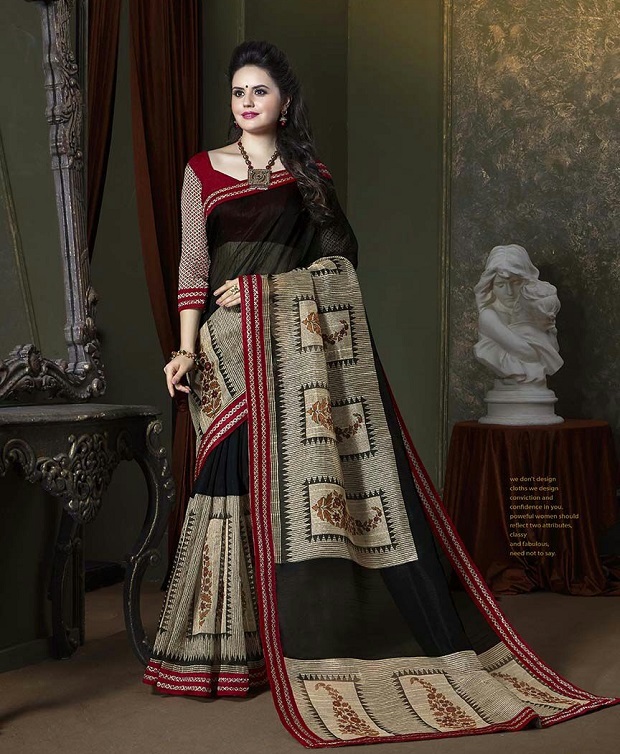
6. Chikankari – Lucknow
Chikankari is a traditional form of hand embroidery style done in Lucknow, India. Originally done on a muslin cloth, it has now been diversified into many kinds of fabrics. Beautiful example of intricate handwork, it adds sophistication and class to your saree for women collection.
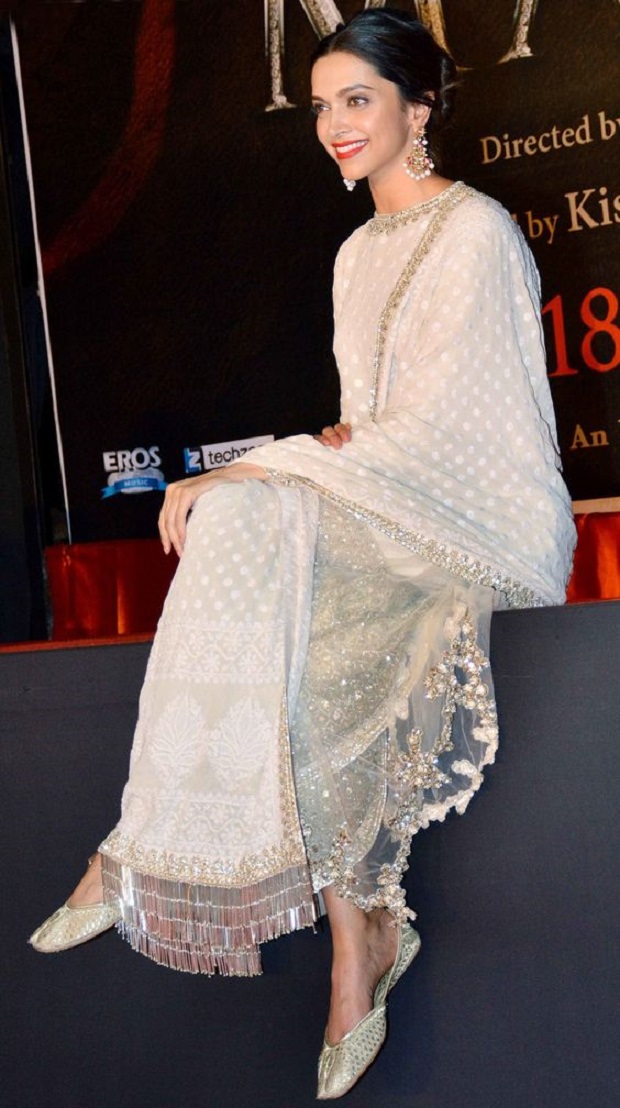
7. Taant – West Bengal
These are traditional Bengali sarees which are famous for their thick borders and interesting motifs. Bengali women wear this Bengali saree casually as they are quite light, comfortable and easy to wear. The dressy ones are common for special occasions and festivities. These sarees are starched and therefore, are not that easy flowing like georgette/ chiffon/ silk.
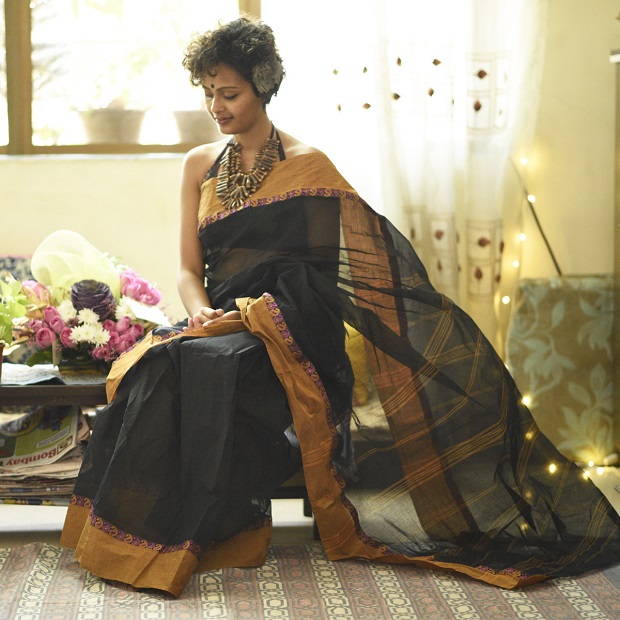
8. Paithani – Maharashtra
Famous for their ornamented zari pallu and border and unique motifs, Paithani sarees are made in the region of Aurangabad, Maharashtra. One of the finest sarees of India, these are known for their peacock motifs and oblique square design.
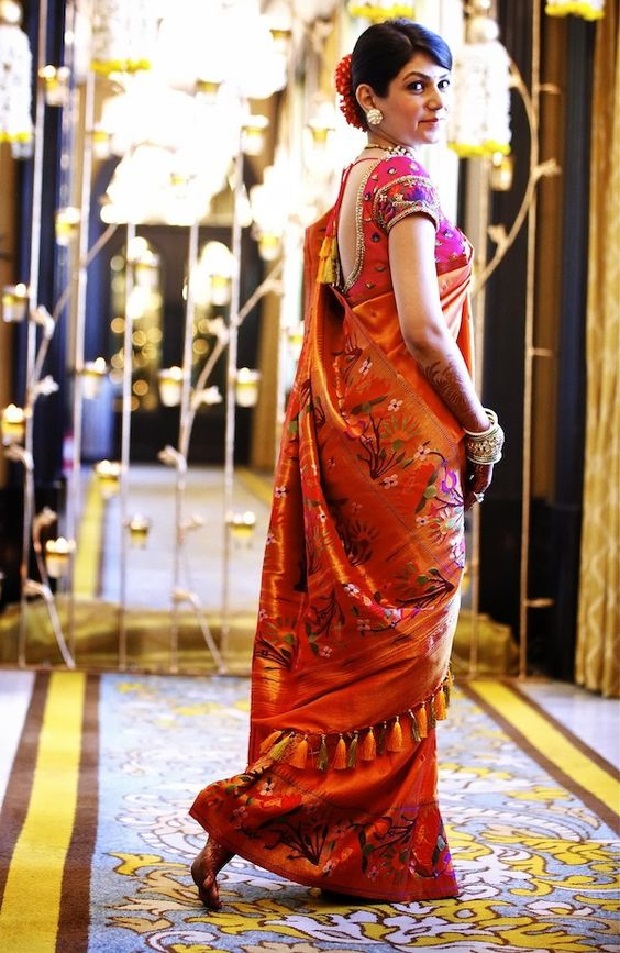
9. Kasavu/ Settu – Kerala
Also known as Set mundu, Kasavu mundu, set saree, or Mundu saree, this saree comes from the ‘God’s own country’ Kerela. It is traditionally white/ cream in colour with a thick gold border and is mostly worn by Malayali women. However, it has now evolved into a colourful saree with artificial gold border.
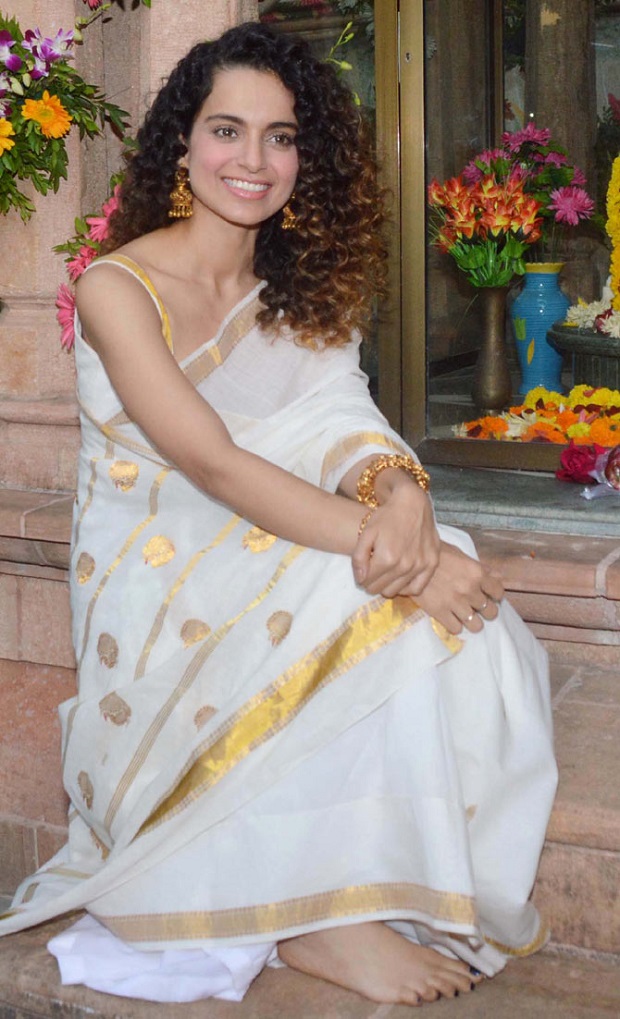
10. Muga – Assam
Coming from Assam, Muga silk sarees are known for their shimmery and glossy texture. It is also known to be of a highly durable variety of silk made from a special kind of larvae found mainly in Assam. These soft silk sarees can be hand washed and their luster only improves with every wash.
ADVERTISEMENT
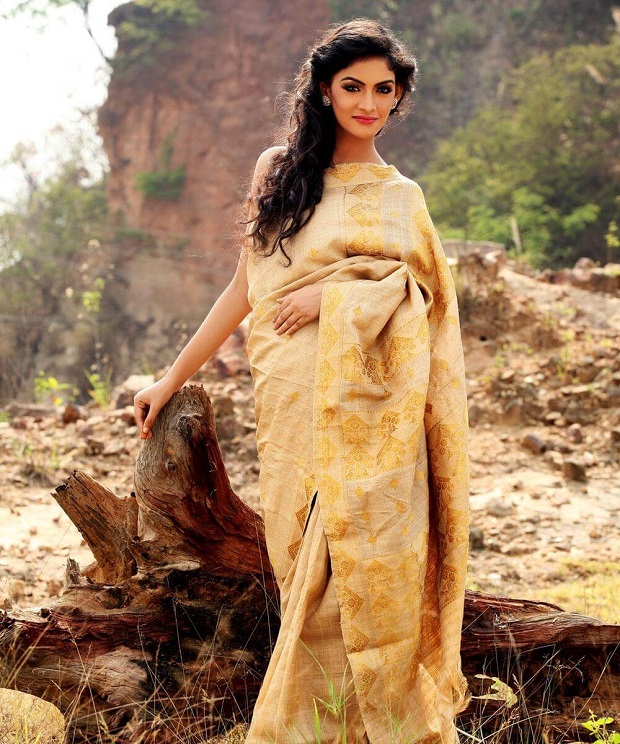
11. Chanderi – Madhya Pradesh
Known for their gold and silver zari work, these sarees are made from three kinds of fabrics – pure silk, chandheri cotton and silk cotton. They are a product of Chandheri in Madhya Pradesh and are considered one of the finest sarees in India. These sarees have a royal and glossy look and are very easy to wear.
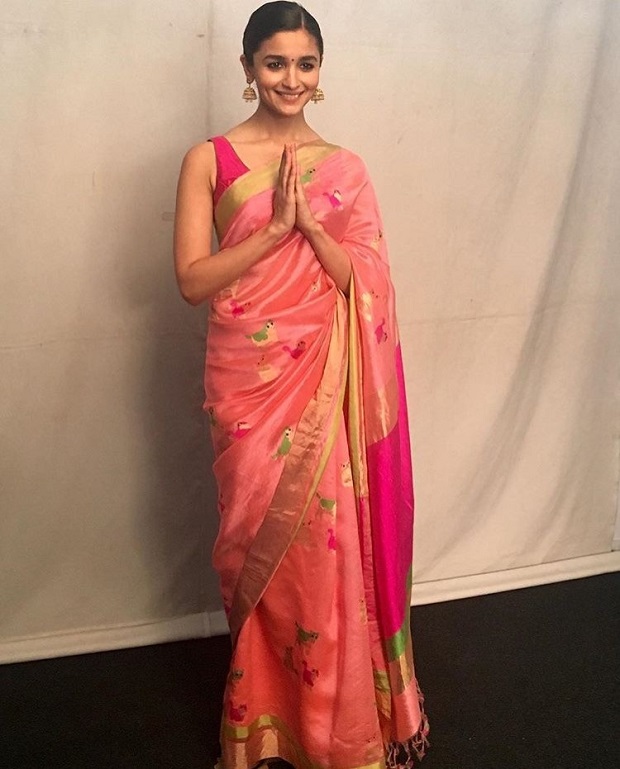
12. Phulkari – Punjab
Quite common in north India, when Phulkari or the ‘flower work’ is done on sarees, the results are beautifully bright, colourful and unique. Phulkari is also done on shawls, stoles, suit materials and dupattas; and originates from Punjab. You can easily get these sarees online.
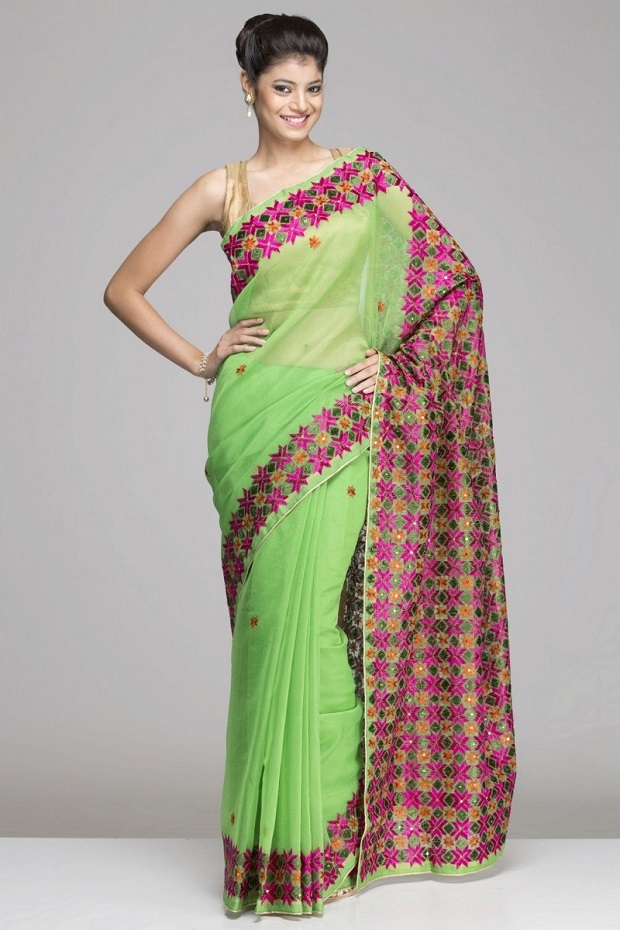
13. Konrad – Tamil Nadu
A product of Tamil Nadu, Konrad sarees are known for their animal or wedding related motifs. They were originally woven for temple deities. The fabric of this saree usually has a striped or chequered texture.
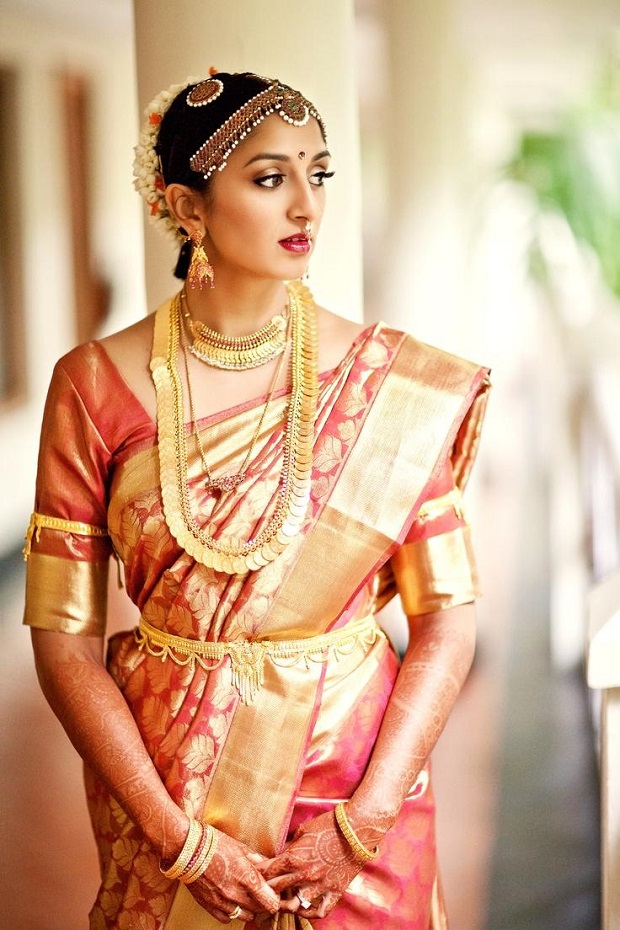
14. Leheria – Rajasthan
These sarees are made using the tie-dye process similar to the Bandhani saree. However, due to a different technique used here, the resulting look is that of flowing lines.
ADVERTISEMENT
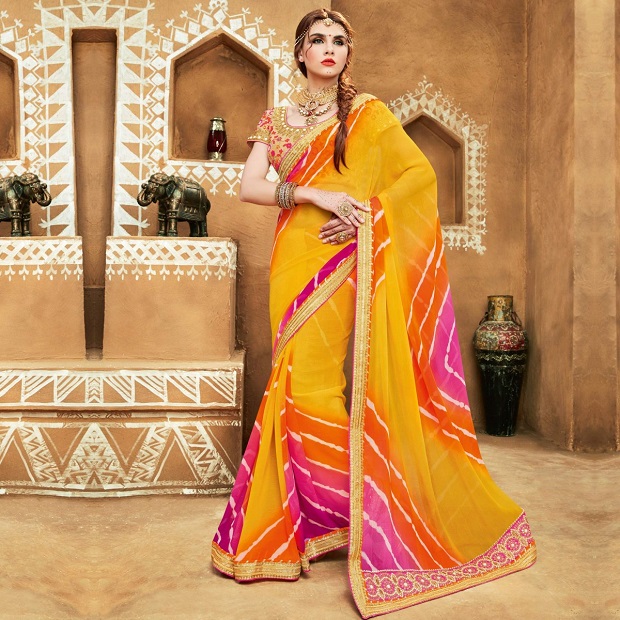
15. Patola – Gujrat
Made in the region of Patan, Gujrat, these sarees are highly elaborate, time-consuming, and hence, very expensive. They are double Ikat woven sarees and are a rare sight.
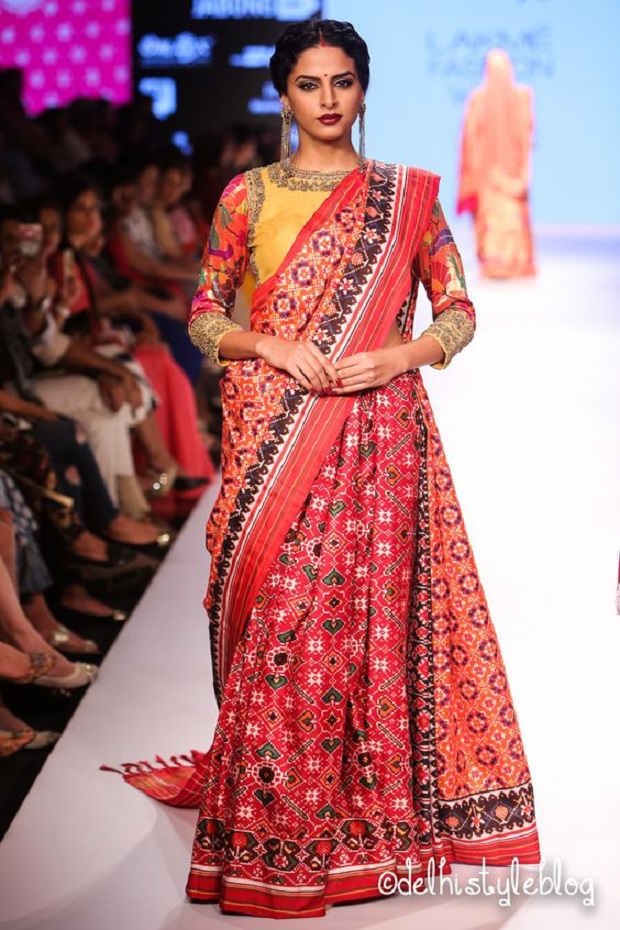
16. Sambalpuri – Odisha
Another one from the state of Odisha, these sarees are made in Ikat style in silk and cotton fabrics and are relatively lighter and smoother than other Ikat sarees. They are traditional sarees wherein the fabric is tie-dyed before weaving, which gives them a very distinct and vibrant colour.
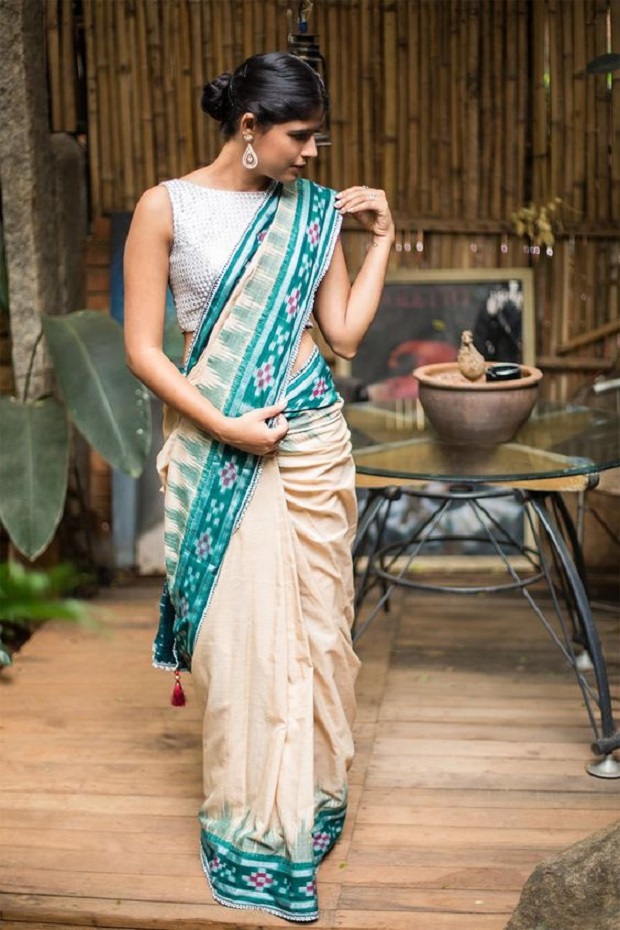
17. Kantha – West Bengal and Odisha
Traditionally worn by women in West Bengal and Odisha, these sarees have a very unique kind of embroidery work. It is mostly produced by women in rural areas. In fact, not only in sarees, but Kantha stitching is also used in making light quits, covers, bed spreads, and shawls.
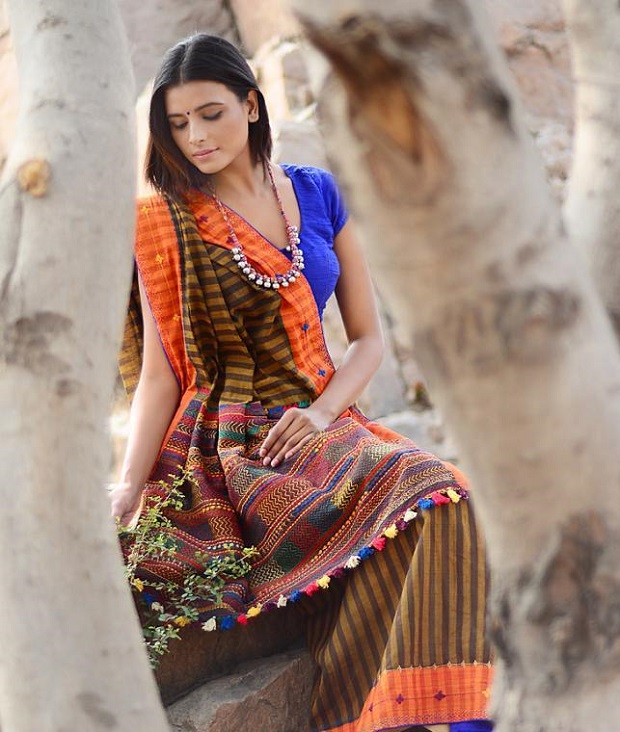
These are the most known and popular names in the world of sarees. However, in a country with diverse cultures and traditions, there are many more diverse forms of sarees. The list is almost endless. So if you need to add more fabrics, textures, prints or colours to your saree wardrobe, then you have almost all the important information right here.
ADVERTISEMENT
ADVERTISEMENT











